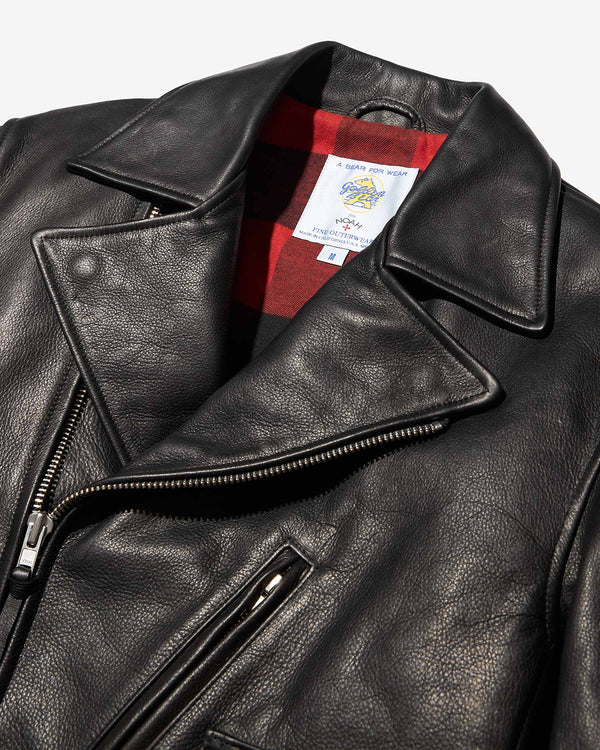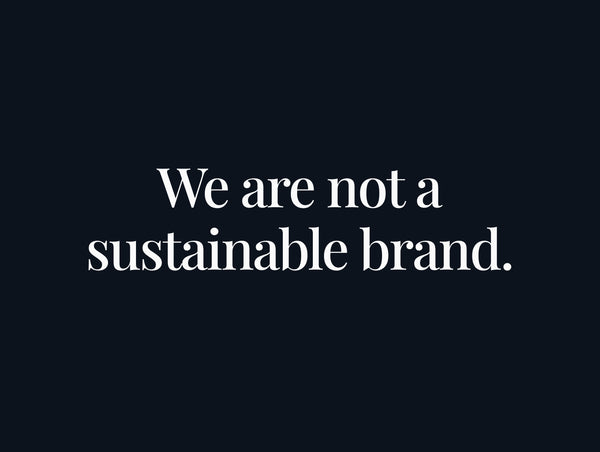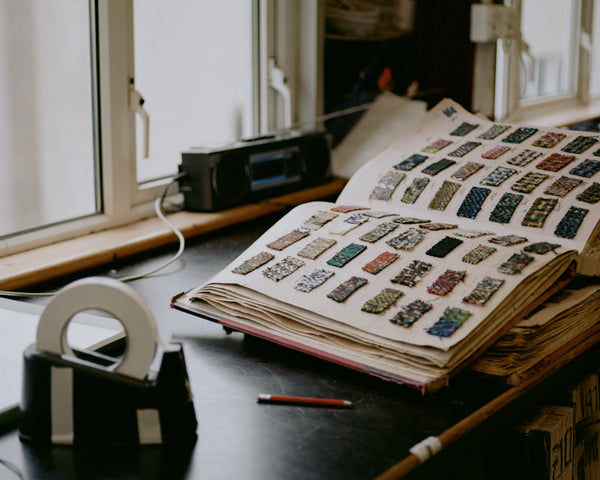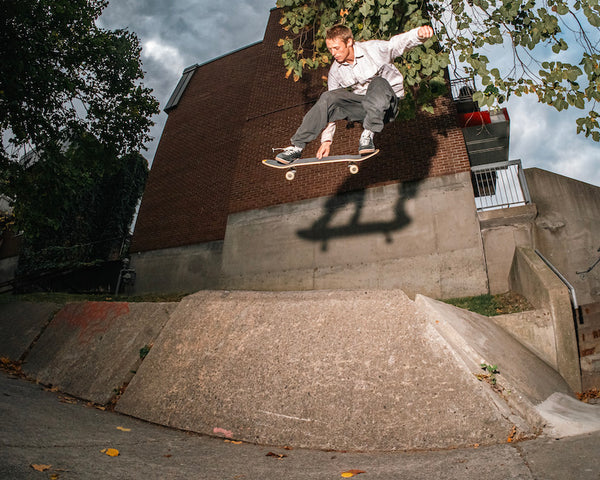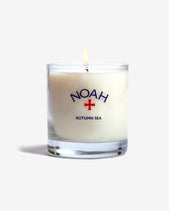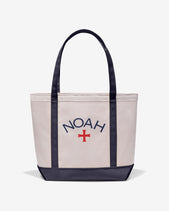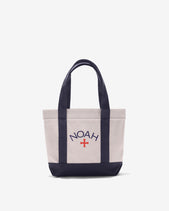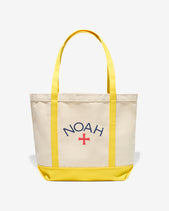
Introducing the Noah Field Team, a selection of individuals in different industries around the world who are contributing to their community in a substantial way.
Molly is a birder and founder of the Feminist Bird Club. She describes the club as “an inclusive bird watching club dedicated to providing a safe opportunity to connect with the natural world in urban environments while working to protect the rights of all womxn, non-binary folks, and members of the LGBTQ+ community.”
Founded in October 2016, the Feminist Bird Club arranges different walks around New York City in hopes to catch a glimpse of all the species that migrate through or are native to the city. It hopes to get more young people interested in birding, both as a meditative practice and method to bring awareness to conservation issues as they relate to bird populations.
Each year, they make a special patch and donate the proceeds to charity organizations and social movements like Black Lives Matter, Planned Parenthood NYC, and the Women’s Initiative. We spoke with Molly about birding, New York species, and how the activity promotes conservation.

How'd you get into birding?
I started working at a nature center in 2012 in Bridgehampton, New York. Most people who worked there were birders, so it was a really good way for me to learn more about the local habitats and the ecosystems.The nature center itself was based on all of the native species on Long Island. It was thanks to my co-workers, bosses, and mentors that I started birding, so I figured that making an organized club where I could show people the ropes would be helpful in a time where spending time outside was not a priority to most people in urban areas.
Have you always been into birds from a young age? You also work at the New York Aquarium, so do you have an interest in animals in general?
I think I've always really liked animals. I grew up with cats, and also parents that encouraged me to be outside most of the time. I went camping on the beach a lot. Spending time on the beach in these intercoastal habitats and marshes on Long Island, I started seeing things like piping plovers, which are endangered shore birds. I didn't necessarily want to be an ecologist because I didn't think I was very good at science, but I studied photography, and while I was in college, I switched back to thinking about conservation after I started studying the environment.

In 2016, shortly after you founded the Feminist Bird Club, Noah participated in the Christmas Bird Count. Were you part of the team that went?
Yes, I went that year with a few folks from Noah. I had done it previous years in Montauk, but unfortunately I was traveling during last year’s, but I hope to do it again. I think this year I'll probably do it in Floyd Bennett Field, which is out at the coastal edge of Brooklyn, and it's a great birding location. The Christmas Bird Count was definitely one of the places where I first understood the connection between birding and conservation. It’s kind of like doing a census—and anybody can participate—as long as you’re dedicated to identifying and counting birds.
Right now, there's an average 68% population decrease in common birds since 1967, Can you explain more about that relationship between birding and conservation?
Birders, in general, are some of the leading advocates for bird conservation because they're out there all of the time monitoring the seasons and the shifts of species. When I started birding, one of my favorite things about it was being more in tune with the seasons and knowing which species are going to be in your area at a certain time.
Over time, people who were involved in the Christmas Bird Count were going out every year on the same date, counting the number of birds they see in a given area. If there are 2 of a particular species of bird one year where in the years past, there have been at least 60, that could indicate that something negative is happening for those birds. There's a compilation dinner at the end of the day, and everybody gathers together from their respective parts of the county and they read out the count that they get for each species, compile that into a list, and send it to the Audubon Society. The Cornell Lab of Ornithology also will compile that data and use it to get important numbers of which species are doing well, and which ones are not. Unfortunately, the majority of species are declining.
Are there any New York birds that are in more danger than others?
I don't think I can specifically speak to that on a species level, but shore birds and migratory birds may be the most threatened because there are multiple locations where they are facing threats, some of the highest being window strike collisions, feral cats, and habitat loss. They're traveling from places like South America, all the way up to New York, and further. In most coastal habitats, there's such a high level of either degradation or development that most of these species' breeding territories are being taken over by humans.
There's a huge issue along any of the beaches in Brooklyn and Queens where these small plovers or sandpipers will nest. They block the beaches off if the species are federally protected, and the people who work for the parks department are in charge of patrolling these. They’re sometimes threatened or shot at with paintball guns because people are so territorial about being able to access the beaches.
What are your favorite birds that you've seen and encountered in the city? Are there any still on your wish list?
The migratory species are probably my favorite because you often have less of a time frame to see them. They're usually just passing through a short period of time in the spring and fall. I really like woodcocks. Woodcocks are very special birds that also are migrating through, but have a really incredible body shape and bill, so they just basically look like a little Nerf ball. They're brown, and then they have a really, really long beak, and so you can find them in Green-Wood Cemetery in certain times of the year just blending into a leaf pile.
In terms of birds that I haven't seen, one—which I probably won't see it in New York—is the Kirtland's warbler. It's a super rare warbler, but one was seen in New York City in Central Park around the time of my birthday in May. Usually the weeks bordering that are the best week for spring migration in New York City, and this bird generally has a super small range. People usually have to go to Ohio or Michigan to see it, but there was one in Central Park for like, two or three days. I went to try to see it, but since it was my birthday, I also had to meet my mom, so I missed it. So that's one bird that I'm still excited to possibly see in the future.

Kirtland's Warbler in Central Park (Julian Hough)


How are bird sightings verified?
That's a great question. A lot of it is based on honesty. I use an app called E-bird, where you can list all of your sightings, and it's very sophisticated. You can type in where you are, and based on where you are, it'll compile a list of birds that you're most likely to see, so if you see something super out of the ordinary, it'll flag it, and you'll have to either upload a photo, or write a thorough description, and then all of those flags will be sent to a moderator from your county to verify that you've seen that, so that's one way it's done. Some people focus more on documenting the birds; they need to have a photograph of it, but I'm not like that. It's so hard to take photos of birds, but it's neat.
The Feminist Bird Club is also known for its patches. How do you decide on the bird that goes on each patch, and the charity or movement that will benefit from them?
So the first bird was a painted bunting, which is a bird that's usually down in Florida, in warmer states, so it was super special to see one in Prospect Park in late 2015. It was all over the news, hundreds of people were going to see this one bird in Prospect Park. I really liked the idea that this was a unique bird that could represent New York City, and also the idea of getting outside if you might not necessarily want to.

That year, all of the funds were donated to Planned Parenthood as soon as the president and administration threatened to defund Planned Parenthood. Since then I did more research, and the following year I donated half of the funds to the New York Abortion Fund, which is a much smaller organization than Planned Parenthood, and this one was specific to New York. So all of the money went straight to funding free abortions. This year, I did Black Lives Matter because of all of the atrocities caused by police and all of the rampant systematic racism that affects people of color, so I'm happy about The New York Times article that came out about the club because it really caused a boom in sales and I was able to donate over $4,500.
